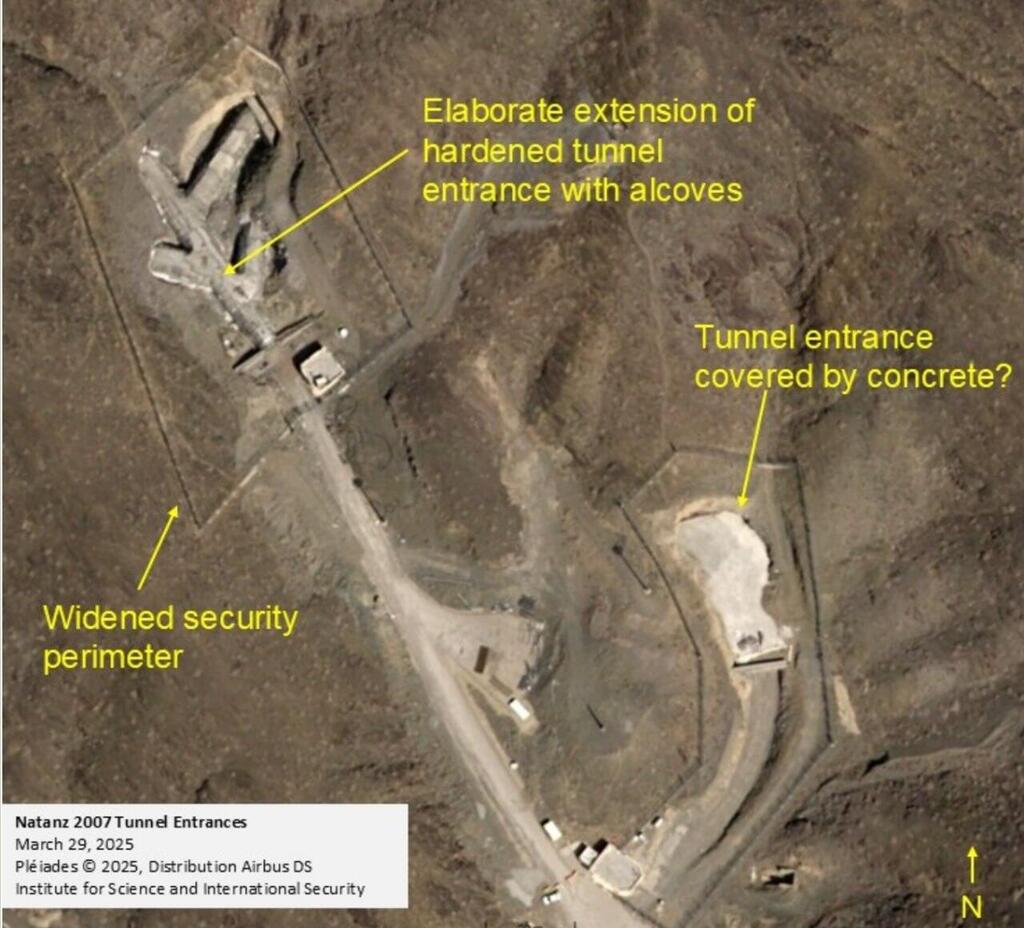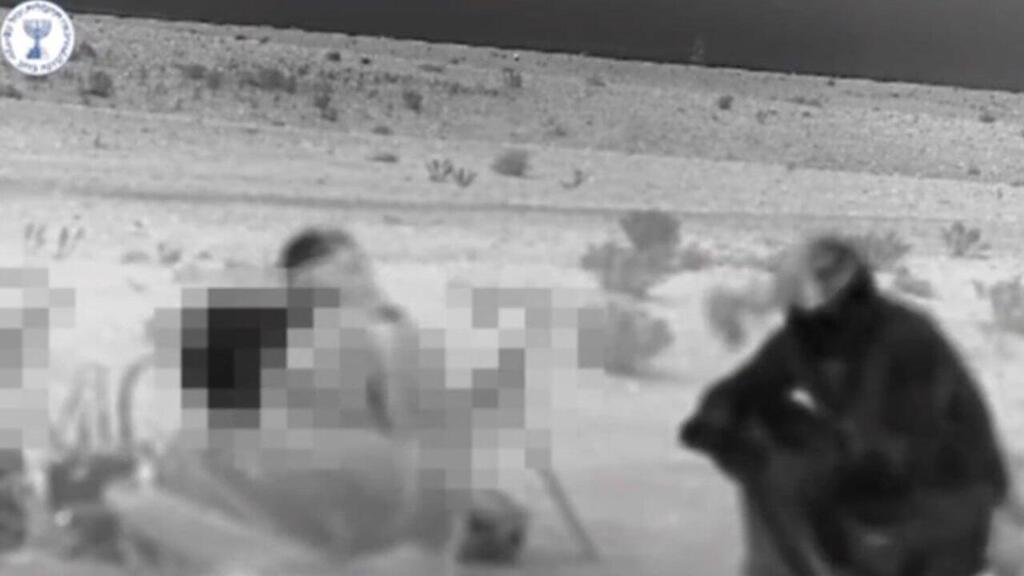As part of Operation Rising Lion, launched early Friday morning with a strike in Iran, the IDF and Mossad neutralized ballistic missiles aimed at Israel. Israeli officials reported that Iran’s air defense systems were easier to overcome than anticipated.
While it's too early to assess the strike’s impact on Iran’s nuclear program—the operation’s main objective—three key components of the program were reportedly hit, some severely:
Footage of the Natanz nuclear facility
Footage of IDF strike on Iranian air-defense systems
(Video: IDF Spokesperson's Unit)
1. The uranium enrichment facility at Natanz was bombed to prevent the transfer of advanced centrifuges to a fortified area inside a mountain, which is far more resistant to attack. According to President Isaac Herzog, International Atomic Energy Agency (IAEA) chief Rafael Grossi called him in the morning and said the facility had suffered catastrophic damage.
Grossi issued a detailed statement noting that IAEA inspectors had begun examining the consequences of the strike, including potential radiation, in line with the agency’s protocols.
2. Universities in central Tehran and the nearby Parchin complex—home to the so-called “weapons group”—were also struck. This group was reportedly close to developing a nuclear explosive device.
3. Top military commanders and nuclear scientists involved in the “weapons group” were assassinated.
With Iran’s air defense systems significantly degraded, future strikes on other nuclear-related targets are expected as part of the next stages of the war.
Regarding the question of how Israel can sustain operations against Iran’s military, analysts say the issue is largely moot: the geographical distance prevents any real ground confrontation and Iran lacks an effective air force.
2 View gallery


Satellite footage of the Natanz nuclear facility
(Photo: Institute for Science and International Security)
In recent months, the IDF and U.S. forces have jointly prepared intensively. Hundreds of American transport aircraft delivered additional THAAD air defense batteries and other U.S.-manufactured munitions to Israel. Regional coordination also took place—including with at least one friendly nation that reportedly broke ranks and warned Iran of an impending Israeli strike.
Get the Ynetnews app on your smartphone: Google Play: https://bit.ly/4eJ37pE | Apple App Store: https://bit.ly/3ZL7iNv
Preparations were made with the expectation that the campaign would last at least a week, with sufficient ammunition and interceptors stockpiled. A special intelligence-gathering framework was also established and several waves of reservist mobilization were planned. It remains to be seen whether these measures will suffice or whether Israel will face shortages, unexpected retaliation or other complications.
How the attack unfolded
At 2:59 a.m., Israelis received rare emergency alerts from the IDF’s Home Front Command, warning of a “extreme threat.” Over the following hours, it was reported that over 200 Israeli fighter jets struck over 100 targets across Iran, including hideouts of key figures.
Dozens of senior Iranian officials were reportedly killed, among them Islamic Revolutionary Guard Corps (IRGC) commander Hossein Salami; Chief of Staff Mohammad Bagheri; his deputy Gholam Ali Rashid; top nuclear scientists Fereydoon Abbasi and Abdolhamid Manouchehr; and Mohammad Mehdi Tehranchi, president of Islamic Azad University.
The first phase of the operation focused on disabling radar and air defense systems in northern Iran and Iraq. Most of the missions passed through air corridors over Syria—routes once considered too dangerous, until the IDF destroyed Bashar Assad’s air defense array.
According to The New York Times, Israel struck six military facilities near Tehran, including the Parchin base, as well as two heavily secured residential compounds housing top military officials. Additional homes in the Tehran area were also hit.
Other reports indicated strikes in Tabriz and Arak—home to a heavy water reactor—and missile bases near Tehran and in the city of Kermanshah. An Israeli official said that in parallel to the airstrikes, the Mossad conducted a series of covert sabotage operations deep inside Iran, targeting its strategic missile infrastructure and air defense systems.
Overnight footage from Natanz showed smoke rising from the area, where thousands of centrifuges are located.
Three hours after the strikes began, Iran’s Supreme Leader Ali Khamenei issued his first statement, declaring that Iran was now on a war footing. He accused Israel of “bloody crimes” and warned, “At dawn, the Zionist regime extended its dirty and bloody hand to commit crimes in our beloved country and revealed its evil nature more than ever by attacking residential centers. The regime must expect severe punishment.”






